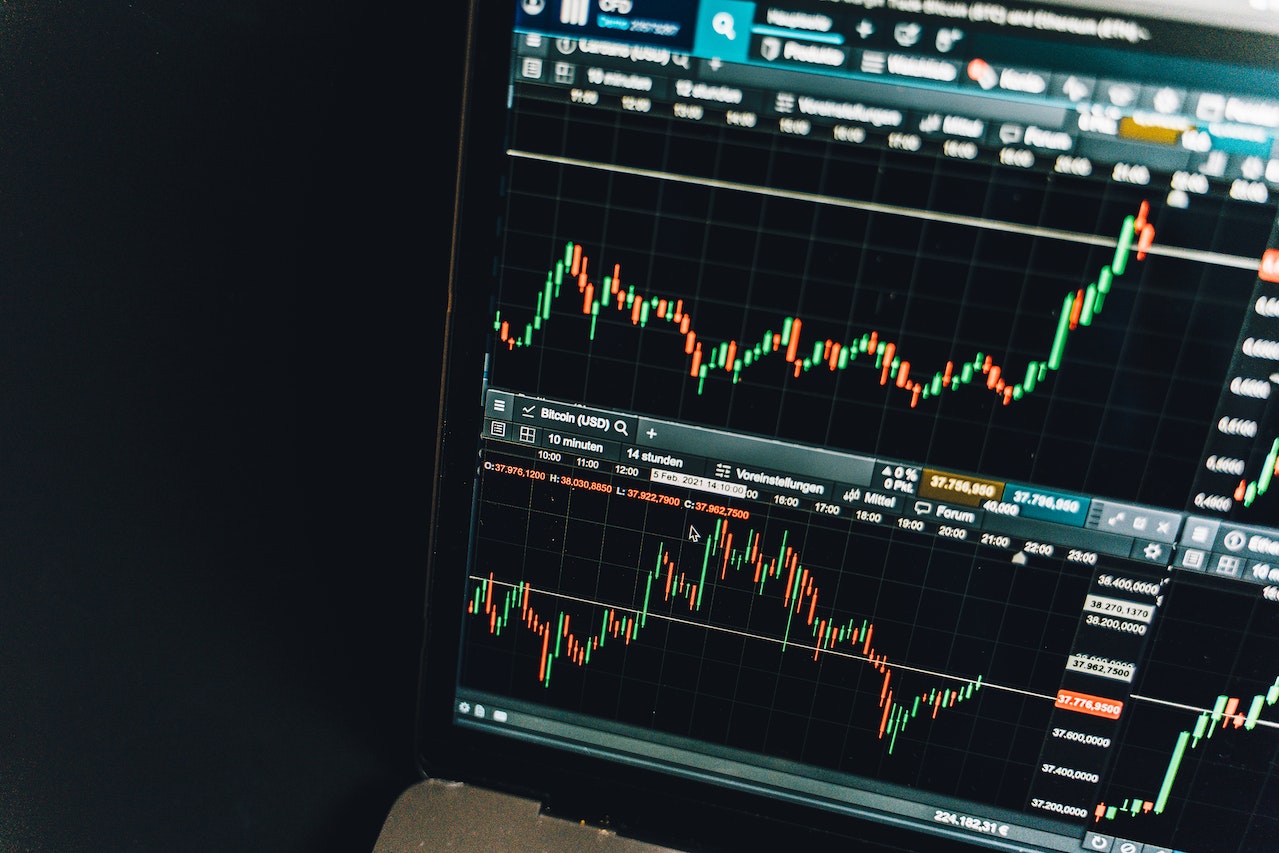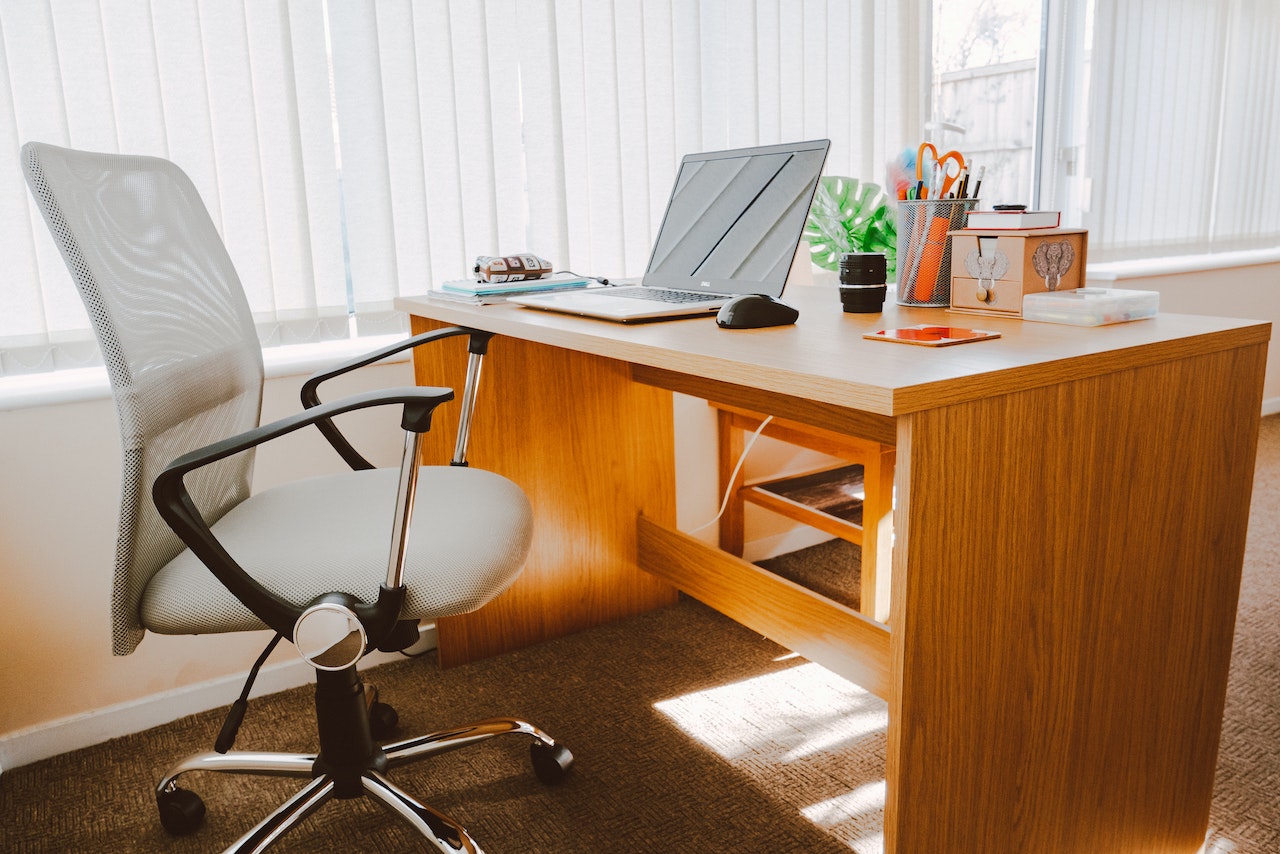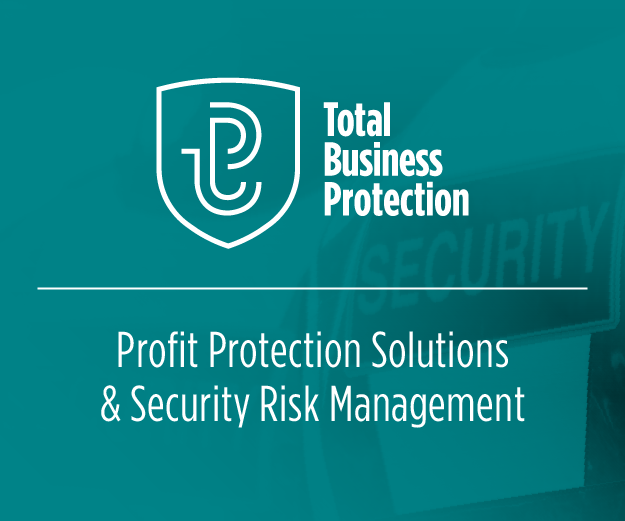Fixed assets, also called tangible assets, are any type of property and equipment that cannot readily be changed into cash. This is contrasted to current assets like bank accounts or cash, which are described as non-liquid assets. Fixed assets are the types of property or equipment that can not be changed into cash within one year from the time of purchase.
There are different types of fixed assets. Some examples include furniture, jewelry, automobiles, vehicles and boats. These fixed assets are owned by a company for a specific period of time. They may also be described as the types of fixed assets that are typically held as a liability.
When purchasing fixed assets, it is important to determine the value of the assets before making a purchase. The value of the asset can be determined using several methods. One method is to use the book value of the assets. This method is generally used when determining the value of fixed assets, but is not necessarily the best method to use.
In this method, if the asset is priced at more than its current market value, then it is a good value for the owner. However, if the asset is valued below its market value, then it is not a good value.
Other methods to determine the value of tangible assets are: the cost of capital, the cost of depreciating the asset, or the cost of maintaining the asset. The cost of depreciating an asset is the amount of money used up when the asset is being replaced. It is the amount of money that must be spent on new items or equipment that the business is replacing an asset. The cost of maintaining an asset is the maintenance fees paid over a period of time, or the cost of buying new equipment.
Some businesses are required to provide written documentation to show that the value of their assets is higher than their current market value. Usually, these businesses can provide a report that shows that the assets they are selling will bring in profits over a certain period of time. If a business cannot provide a profit statement, then it may not be worth the expense to purchase it. It is important to be able to provide documentation showing the value of assets because most businesses are not able to sell all of their assets immediately after purchase.
Assets can be categorized as one of three types. One category, known as intangible assets, is tangible assets that cannot be easily changed into cash, while two categories are assets that can be easily changed into cash.
The types of tangible assets include tangible personal assets (like property like buildings, furniture, equipment and sofas), receivables and inventory inventories. Other types of assets include financial instruments and intangible assets that are not subject to change. Financial instruments include accounts receivable, cash, accounts payable, inventories and securities. Intangible assets do not have to be readily available to the owner, but they are subject to change with time.
The use of a cost of capital analysis is often needed in order to determine the value of assets. The cost of capital is a method of determining what the value of assets would be, if they were purchased today with the same interest rate and scenario of today. It is often used to determine the value of a business’s fixed assets, because of the similarities between a cost of capital analysis and the value of a mortgage.
The cost of capital method does not take into account the risk of the assets. A business can use the cost of capital method to determine the cost of borrowing an asset. If the company borrows a certain amount of money from a lender, it can then sell the borrowed money to a willing buyer, who will pay the interest that is due on the loan for the period of time duration of the loan.
The value of an asset can also be determined by using price to book value. Price to book value is the most commonly used method for valuing assets. This is usually used when determining the value of raw land. This method uses a formula that compares the current value of the asset to the present market price of the asset. This is also used to determine the value of a business’s inventory because it uses the same concept as the cost of capital.






